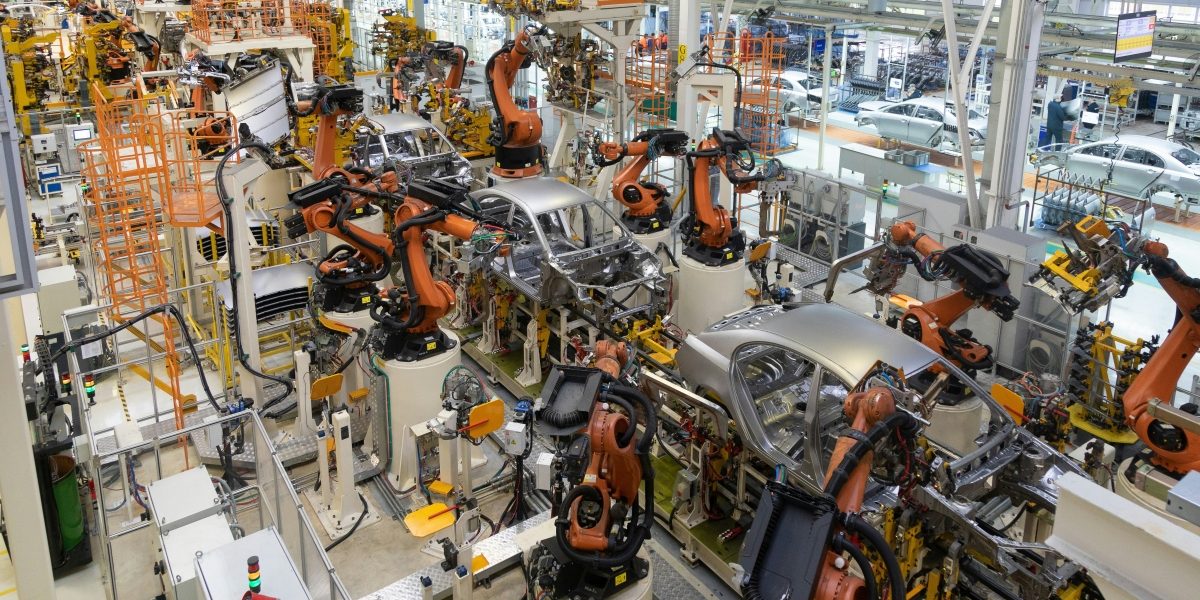Envision a world where conveyors are not only designed to perform but built to think, adapt, and evolve with your business. The next generation of conveyor systems is here—combining sustainability, smart automation, and forward-thinking design.
Imagine systems equipped with sensors that control flow, reduce energy waste, and predict maintenance needs before breakdowns occur. These advanced systems don’t just improve performance—they support environmental goals with sustainable materials and energy-conscious technologies.
As global industries prioritize sustainability, conveyors are transforming into intelligent partners—helping build smarter, cleaner, and more efficient production environments.
Here’s how future-ready conveyor systems are redefining operations across industries.
1. Modular and Flexible Designs for Easy Upgrades
Future conveyor systems are increasingly modular—allowing businesses to make upgrades or adjustments without replacing the entire system. Need to change workflows and product types or expand production? Simply swap or add components.
This modularity reduces material waste, lowers maintenance costs, and extends the system’s lifespan. It also saves time and resources, making your setup adaptable to evolving business needs.
With this approach, you gain a future-ready, eco-conscious system that evolves with your goals.
2. Energy-Efficient Motors and Regenerative Drives
Modern conveyor motors are more energy-efficient than ever—delivering high performance while using less power. Meanwhile, regenerative drives help recover and reuse energy generated during braking or slowing processes.
Instead of wasting energy as heat, it’s redirected back into the system, reducing energy consumption and lowering costs.
These innovations not only support environmental compliance but also contribute to long-term cost savings and operational efficiency.
3. Use of Eco-Friendly and Recyclable Materials
Sustainability starts with material choices. Conveyor manufacturers are increasingly adopting biodegradable plastics, recycled metals, and sustainable components.
These materials reduce your environmental impact from production to end-of-life disposal. When systems are retired, recyclable components allow for responsible recycling instead of landfill dumping.
Eco-friendly materials often provide added benefits such as durability and lighter weight, improving performance, and reducing energy usage.
4. Smart Automation and Adaptive Control Systems
Future conveyor systems feature intelligent control systems that adjust speed, load, and routing based on real-time production data.
This dynamic response minimizes energy usage and reduces mechanical strain. Adaptive automation ensures smoother operation, fewer errors, and enhanced productivity without constant human intervention.
By automating routine tasks and self-adjusting to demand, your systems stay efficient while freeing up your workforce for more strategic work.
5. Integration of IoT and AI for Predictive Maintenance
IoT-enabled conveyors continuously collect performance data through embedded sensors. AI then analyzes this data to predict maintenance needs, detect anomalies, and alert you before breakdowns occur.
This proactive approach keeps your operation running without unplanned downtime and ensures you only perform maintenance when necessary—saving time and reducing costs.
Over time, machine learning algorithms refine efficiency and reliability, helping you optimize production and maximize equipment lifespan.
Conclusion
The conveyor of tomorrow isn’t just about moving products—it’s about working smarter and cleaner.
By embracing smart technology, sustainable materials, modular designs, and energy-saving systems, you’ll stay competitive while protecting the environment.
These innovations offer more than efficiency—they’re a blueprint for resilience and long-term success. With every upgrade, you’ll be stepping toward a sustainable and future-proof operation that’s ready for whatever comes next.

















